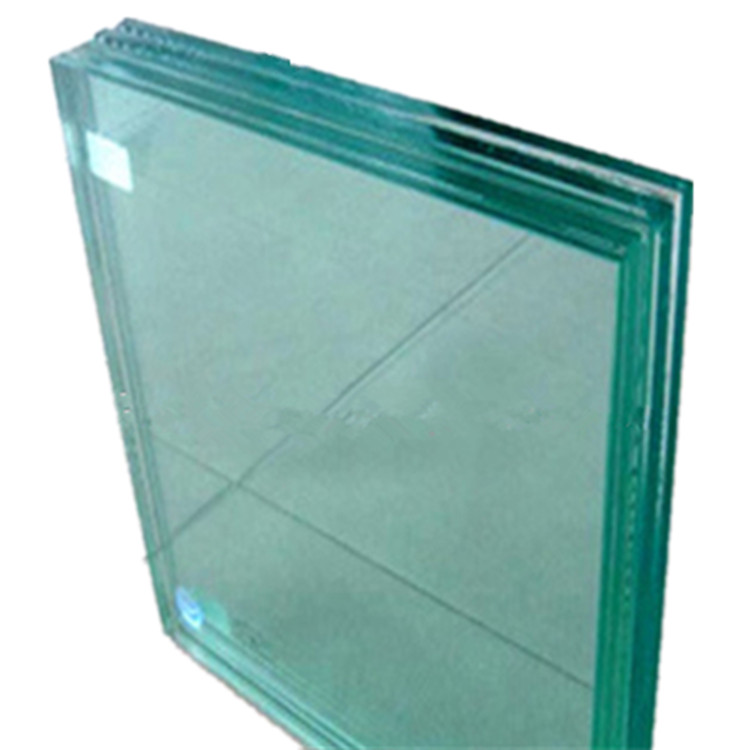The kitchen decoration considers the three coups of moisture resistance
Selection of key moisture-proof and practical
The kitchen is a place that is damp and easy to accumulate. All surface decoration materials should be made of materials with excellent water and water resistance. The materials on the ground and the work surface should not leak or seep. Wall and ceiling materials should be water resistant and scrubbed with water. The materials used in the interior design of the cabinet must be easy to clean. It is best to use materials that are not easy to be contaminated, easy to clean, moisture-proof, heat-resistant and durable. Tiles, waterproof coatings, PVC boards, fireproof boards, artificial marbles, etc. are all used in the kitchen. The most safety material.
The kitchen is a place that the family uses every day, and it is most important to use it easily and to clean it. Among them, the ground material is a key part of moisture protection, and it is recommended that consumers choose a floor tile that has anti-slip function and is not easily stained with oil, which is economical and practical. In addition, some new composite floorings have a special anti-slip protective layer on the surface, which is very good in moisture, slip and scratch resistance. Wall materials should choose easy-to-wash tiles. If the wall is painted, it is best to choose moisture-proof wall paint. At the same time, the moisture content of the wall should be about 10%. Also pay attention to daily cleaning, otherwise the wall will be wet. bubble.
It is worth noting that the ceiling is inevitably eroded by water vapor. Experts recommend using a plastic gusset plate with good waterproof performance during the decoration and handling the waterproof membrane. In addition, if the kitchen is relatively low, it can also be painted directly with waterproof paint to prevent moisture.
Kitchen furniture must be wet and dry
Cabinets and sinks are indispensable protagonists in the kitchen, and the most vulnerable part of the kitchen decoration is the cabinet. If the sink is not properly positioned or not carefully designed, it can easily cause deformation of the cabinet or mildew of the material. The designer suggested that the floor should be laid before the decoration, and then the cabinet would not only be accurate, but also ensure that the cabinet was sufficiently dried during installation to avoid excessive expansion and contraction or moisture intrusion.
At the same time, the panels of the cabinet will release formaldehyde to varying degrees. The owner can choose some professional chemicals to be placed in the cabinet, which is both moisture-proof and environmentally friendly.
When choosing a sink, don't consider the material and size, because the water dripping along the water pipe tends to make the bottom of the sink cabinet damp, so be sure to check whether the seal of the sink rubber strip is tight. Decorative professionals suggest that consumers can choose to install an aluminum base plate with anti-collision strips at the bottom of the sink cabinet, which can eliminate the door closing noise, prevent the water tank and the faucet from dripping the cold water to soak the box, and extend the service life of the pool.
Hygienic dead angle dehumidification in time
Sewers, ceilings and corners are often dead corners of the kitchen, which tend to collect moisture or dirt. Experts have warned that the connection between the kitchen sewer and the sewer is easy to seep and smell if there is no strict seal. Since the water inlet interface is in a relatively concealed place, it is easy to neglect when the decoration is completed and accepted. It is recommended that the decoration worker seal the gap at the interface with glass glue or other adhesive. In addition, the hole cover can be installed at the opening of the sink cabinet to prevent moisture.
The ceiling of the kitchen tends to accumulate oil droplets and water marks. If your kitchen is equipped with a ceiling light, always maintain the connection between the ceiling light and the ceiling to prevent the ceiling light from falling, posing a hazard. For smaller kitchens, you can use a quicklime pack to absorb moisture. If there is no quicklime, you can also use coffee grounds or soda powder instead.
Low-E Laminated Glass, a kind of energy saving laminated glass, but the LOW-E only hard coat (online) LOW-E laminated glass can be used directly, mostly for windows. It can be processed into clear Low-e laminated glass, color tinted low-e laminated glass, colored Low-E laminated glass, low-e laminated Insulated Glass, be used for windows, door, building curtain walls, sunroom, that will effectively reduce your energy costs year-round, as well as offer your home much-needed protection from forced entry, severe weather conditions, as well as give consumers powerful sound control.
Laminated glass is produced when two or more glass lites are permanently bonded with one or more plastic interlayers (PVB) using heat and pressure. The glass and interlayers can be a variety of colors and thicknesses. Laminated glass is often called [safety glass" because it meets the requirements of various code organizations. Laminated glass can be broken, but the fragments tend to adhere to the plastic layer and remain largely intact, reducing the risk of injury. Laminated glass can be incorporated with heat-strengthened and Tempered Glass to further increase impact resistance.



Safety Building Glass, Laminated Safety Building Glass,Custom Laminated Glass, Low-E Laminated Glass
Shanghai Lead Glass Co.,Ltd , https://www.leadglaze.com
